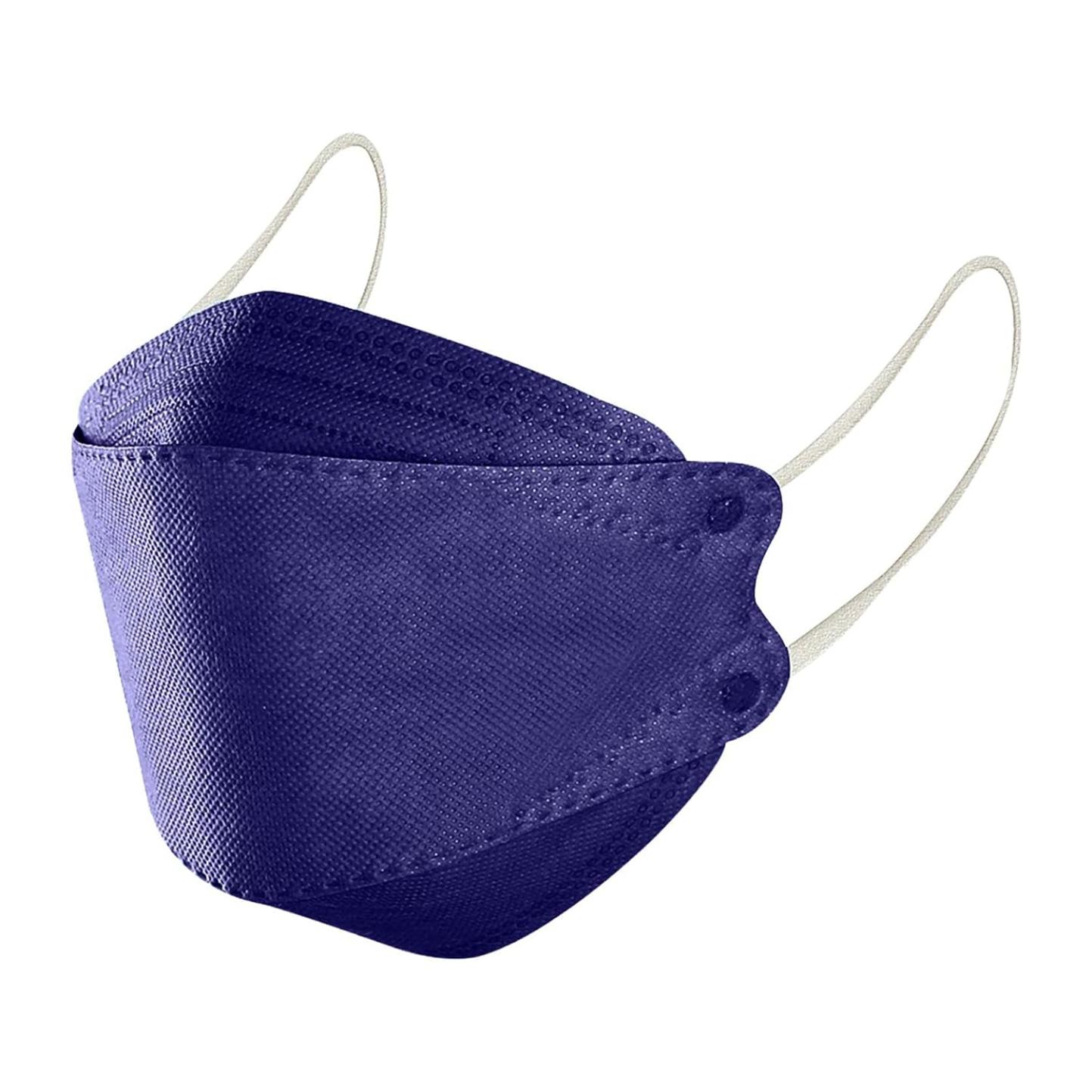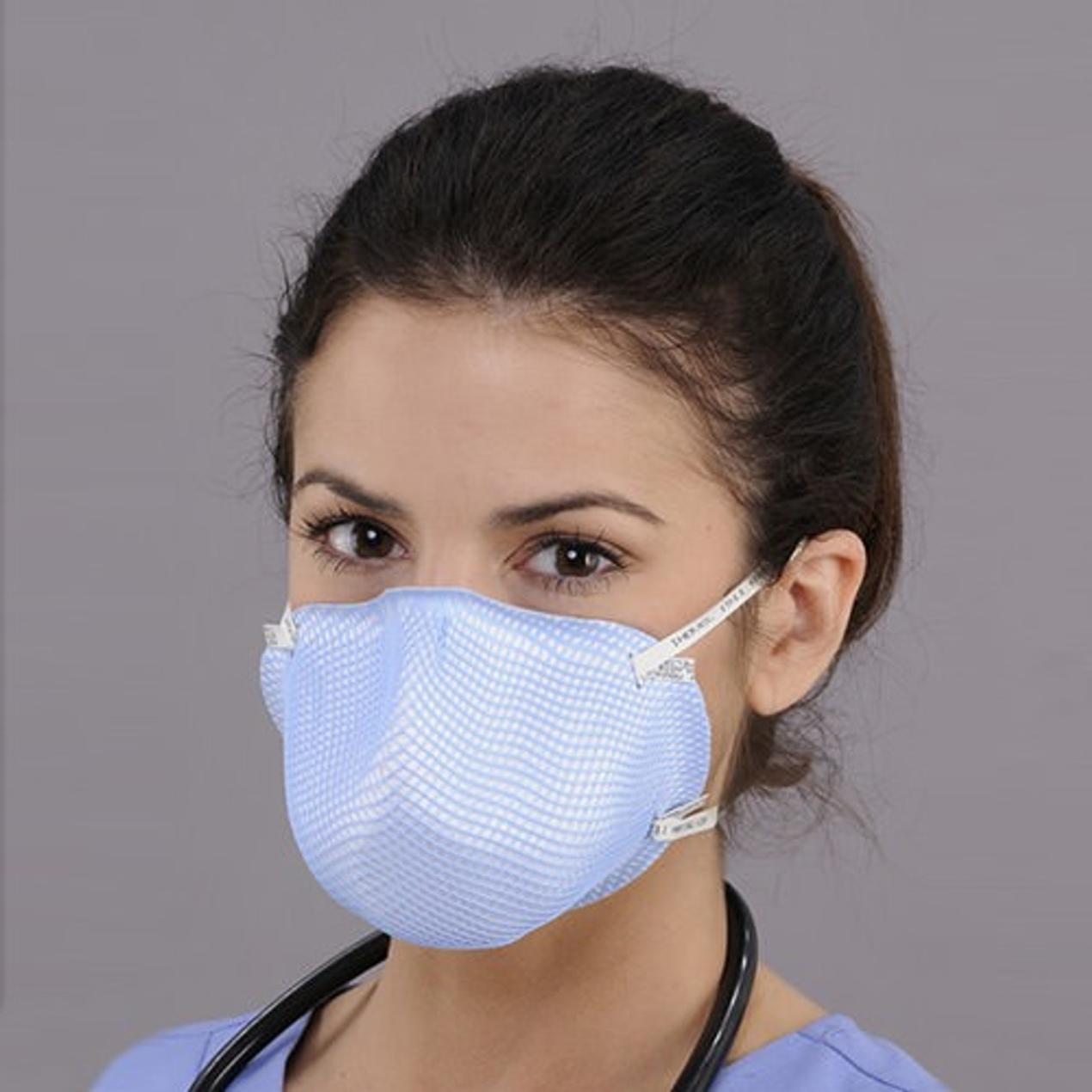When Should You Wear a Face Mask?
In the wake of the COVID-19 pandemic, face masks have become an essential part of our daily lives. While their usage has been widely debated, scientific evidence consistently demonstrates their effectiveness in reducing the spread of respiratory illnesses. This article delves into the importance of wearing face masks in various settings, providing a comprehensive guide to help individuals make informed decisions about when and how to wear them.

Overview Of The Importance Of Wearing Face Masks In Various Settings
Face masks serve as a physical barrier, preventing the spread of respiratory droplets that carry viruses and bacteria. By wearing a mask, individuals can significantly reduce the risk of transmitting infections to others, particularly in enclosed or crowded spaces where social distancing is challenging.
Brief History Of Face Mask Usage And Its Evolution During Pandemics
The use of face masks during pandemics has a long history, dating back to the early 1900s. During the 1918 Spanish Flu pandemic, face masks were widely adopted as a preventive measure to curb the spread of the virus. In recent years, face masks have become a common sight during outbreaks of respiratory illnesses such as SARS, MERS, and COVID-19.
I. Understanding The Purpose Of Face Masks
Primary Function: Reducing The Spread Of Respiratory Droplets
The primary purpose of face masks is to reduce the spread of respiratory droplets, which are expelled into the air when an infected person coughs, sneezes, talks, or breathes. These droplets can contain viruses and bacteria, which can be inhaled by others, leading to infection.
Protection Against Airborne Particles, Including Viruses And Bacteria

Face masks provide protection against airborne particles, including viruses and bacteria. By filtering out these particles, masks help reduce the risk of infection. The effectiveness of a mask in filtering particles depends on its design, material, and fit.
Preventing Self-Contamination By Touching The Face
Face masks also help prevent self-contamination by touching the face. When an infected person touches their nose, mouth, or eyes, they can transfer the virus or bacteria from their hands to their face, increasing the risk of infection.
II. When To Wear A Face Mask
The decision to wear a face mask should be based on the level of community transmission of respiratory illnesses and the specific setting.
During Periods Of High Community Transmission Of Respiratory Illnesses
During periods of high community transmission of respiratory illnesses, such as during flu season or a pandemic, it is recommended to wear a face mask in public indoor spaces, even if you are not feeling sick.
In Crowded Indoor Spaces, Such As Public Transportation, Shopping Malls, And Offices
In crowded indoor spaces, such as public transportation, shopping malls, and offices, it is advisable to wear a face mask, regardless of the level of community transmission.
When Visiting Healthcare Facilities, Nursing Homes, Or Other High-Risk Settings
When visiting healthcare facilities, nursing homes, or other high-risk settings, it is mandatory to wear a face mask, as these environments are frequented by vulnerable individuals.
When Caring For Someone Who Is Sick Or Has A Weakened Immune System
When caring for someone who is sick or has a weakened immune system, it is essential to wear a face mask to protect both the caregiver and the individual being cared for.
When Traveling On Public Transportation Or In Ride-Sharing Vehicles
When traveling on public transportation or in ride-sharing vehicles, it is recommended to wear a face mask, as these settings involve close contact with other individuals.
III. Types Of Face Masks And Their Effectiveness
There are various types of face masks available, each with its own level of effectiveness.
Surgical Masks: Commonly Used In Healthcare Settings, Provide Moderate Protection
Surgical masks are commonly used in healthcare settings. They are disposable and provide moderate protection against respiratory droplets. However, they do not offer a tight seal around the face, allowing some leakage of particles.
N95 Respirators: Offer High Filtration Efficiency, Recommended For Specific Occupations
N95 respirators offer high filtration efficiency, capturing at least 95% of particles. They are recommended for specific occupations, such as healthcare workers and individuals working in high-risk environments.
Cloth Masks: Vary In Effectiveness Depending On Material And Construction
Cloth masks vary in effectiveness depending on the material and construction. Some cloth masks may provide adequate protection, while others may be less effective. It is important to choose a cloth mask that is made of multiple layers of tightly woven fabric and fits snugly around the face.
KN95 Masks: Similar To N95 Respirators, But Manufactured In China
KN95 masks are similar to N95 respirators in terms of filtration efficiency. However, they are manufactured in China and may not meet the same standards as N95 respirators.
IV. Proper Use And Care Of Face Masks
Proper use and care of face masks are essential to ensure their effectiveness.
Wearing The Mask Correctly: Covering The Nose, Mouth, And Chin Snugly
Face masks should be worn correctly, covering the nose, mouth, and chin snugly. The mask should fit snugly around the face, with no gaps or openings.
Avoiding Touching The Mask While Wearing It
Avoid touching the mask while wearing it, as this can contaminate the mask and increase the risk of infection.
Replacing Disposable Masks After Each Use Or According To Manufacturer's Instructions
Disposable masks should be replaced after each use or according to the manufacturer's instructions. Do not reuse disposable masks.
Washing Cloth Masks Frequently With Soap And Water Or Machine Washing
Cloth masks should be washed frequently with soap and water or machine washed. Follow the manufacturer's instructions for washing and drying cloth masks.
V. Special Considerations For Certain Groups
Certain groups may have specific considerations when it comes to wearing face masks.
Children: Ensuring Proper Fit And Comfort For Younger Children
When choosing a face mask for children, ensure that it fits properly and is comfortable to wear. Younger children may need assistance in wearing and removing the mask.
Individuals With Respiratory Conditions: Consulting A Healthcare Provider For Guidance
Individuals with respiratory conditions should consult their healthcare provider for guidance on wearing face masks. Some respiratory conditions may make it difficult to wear a mask.
Individuals With Disabilities: Addressing Specific Needs And Challenges
Individuals with disabilities may have specific needs and challenges when it comes to wearing face masks. It is important to address these needs and challenges to ensure that individuals with disabilities can wear face masks safely and effectively.
VI. Conclusion
Wearing face masks in appropriate settings is an essential part of protecting ourselves and others from respiratory illnesses. By following public health guidelines and recommendations, and using face masks correctly, we can collectively reduce the spread of infections and contribute to a healthier community.
YesNo

Leave a Reply